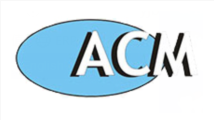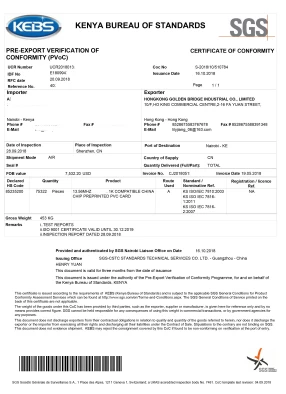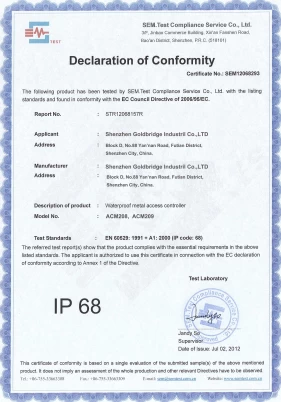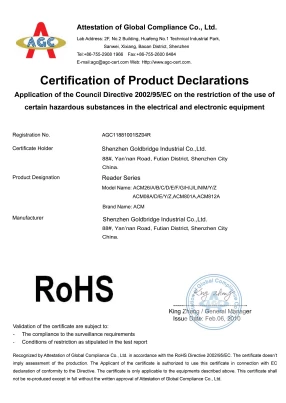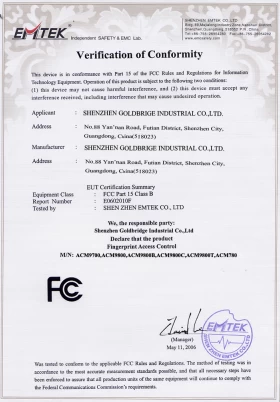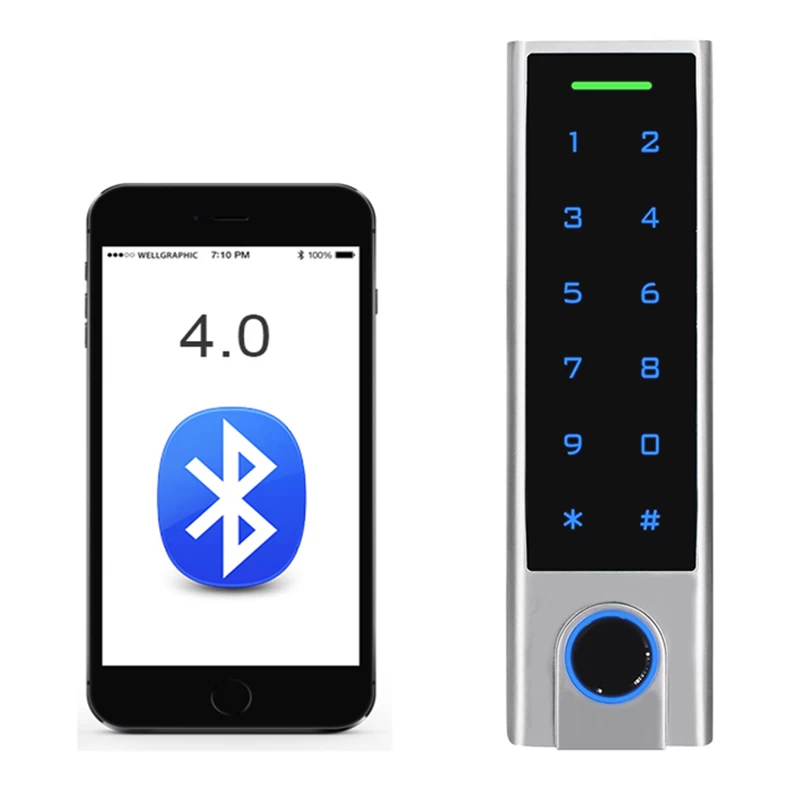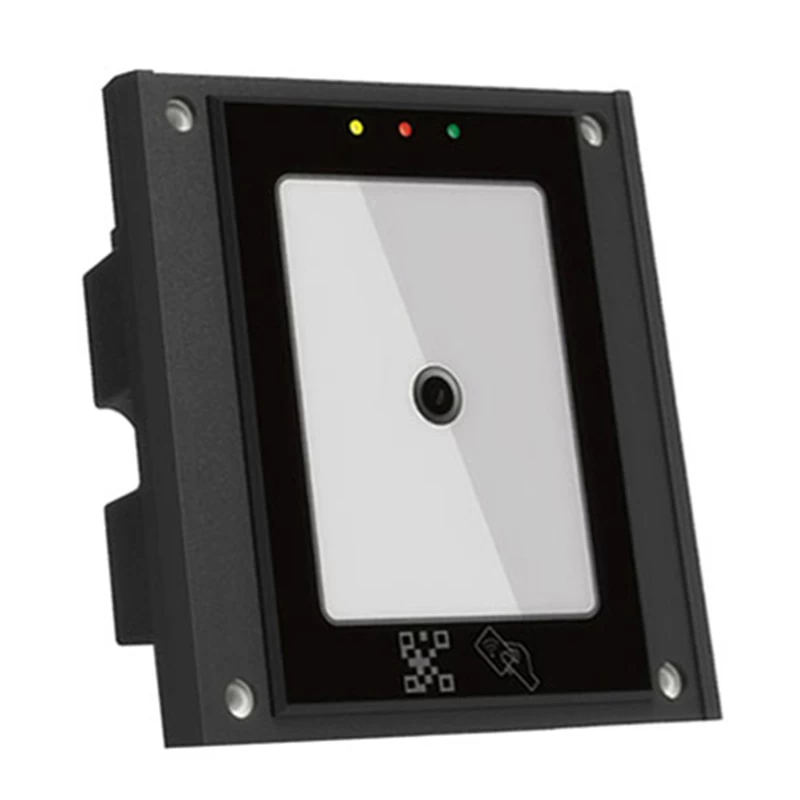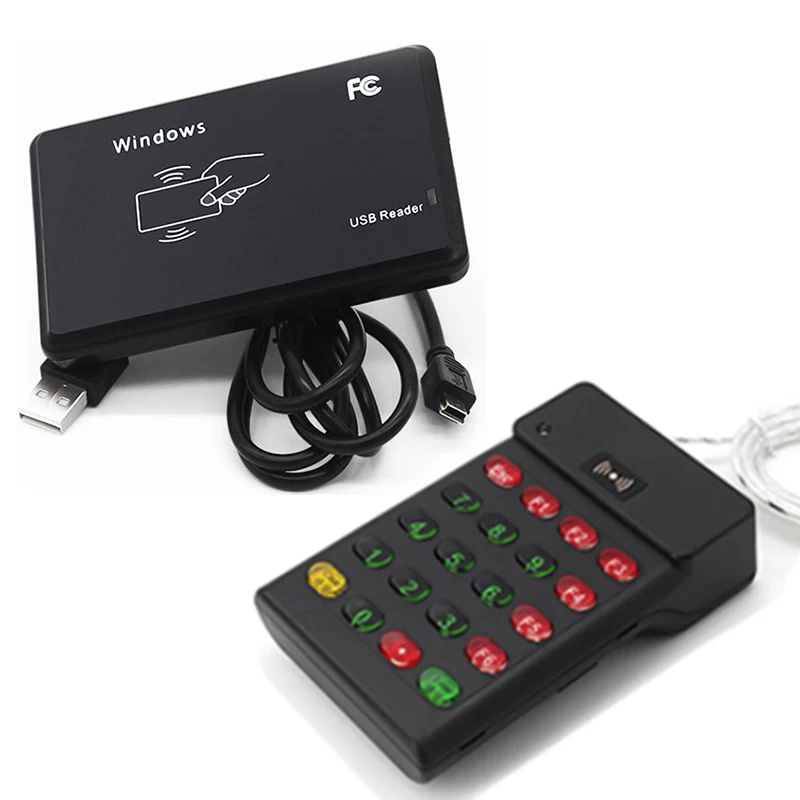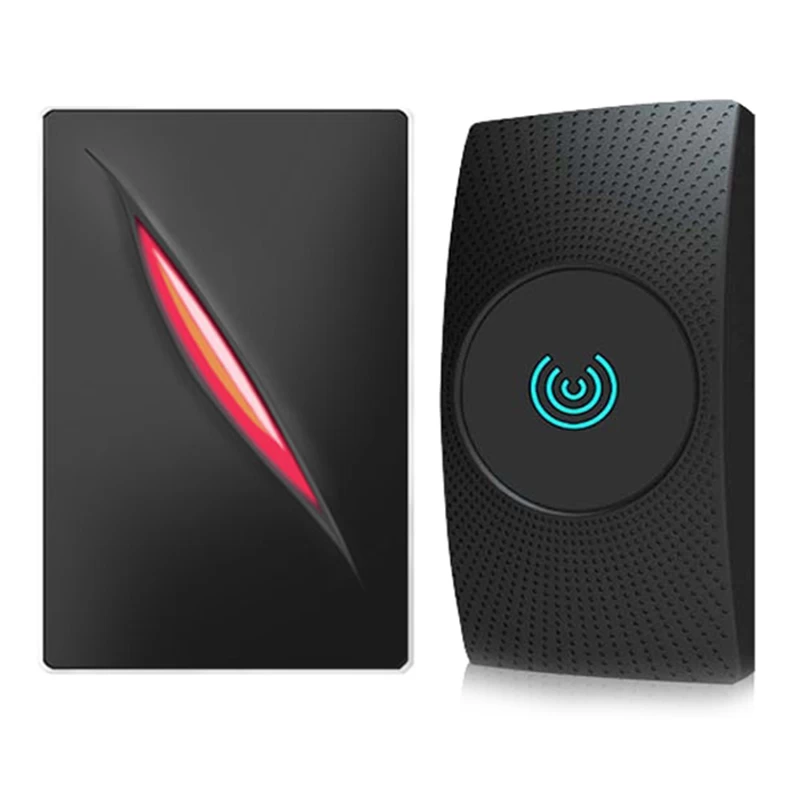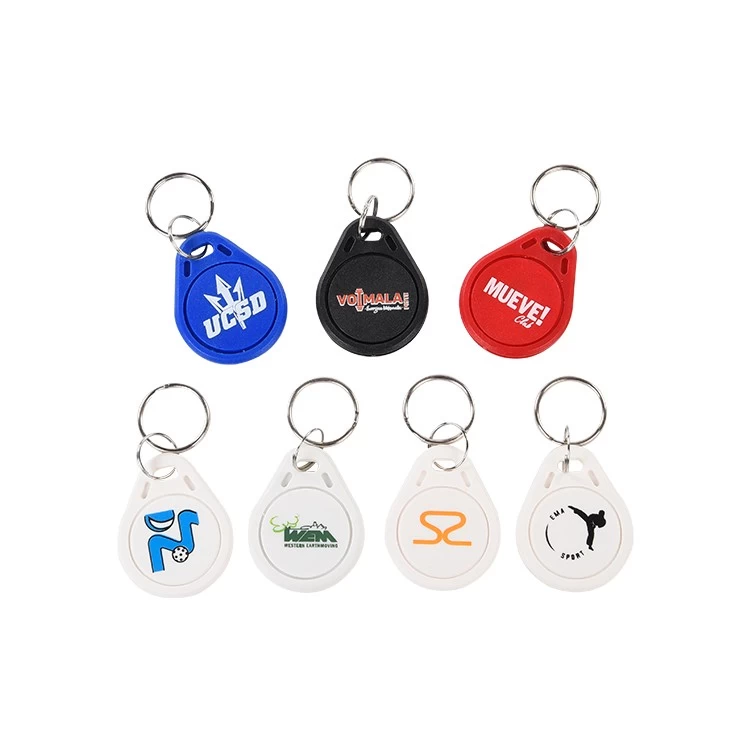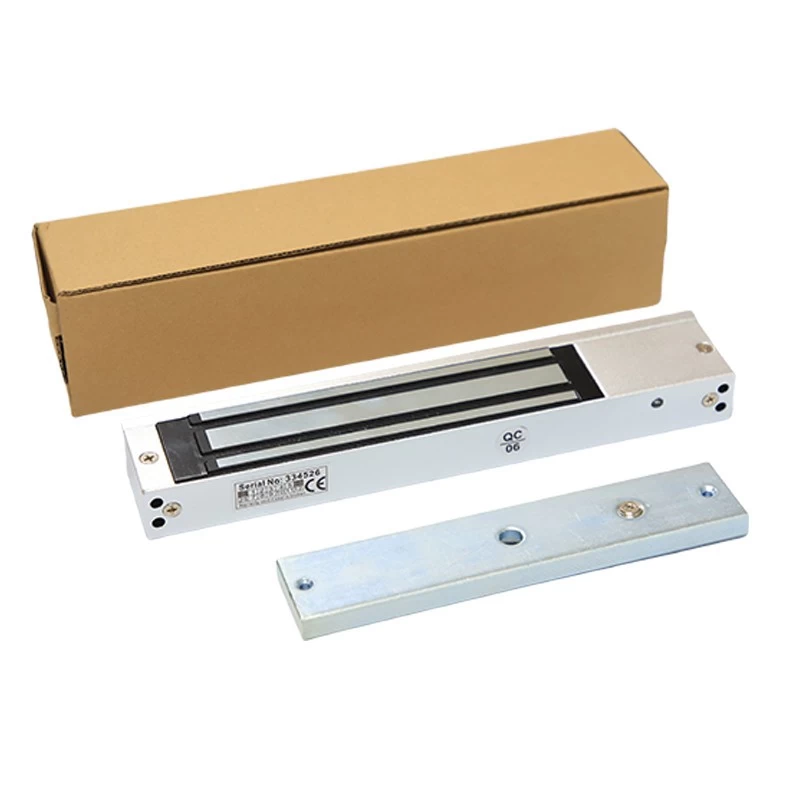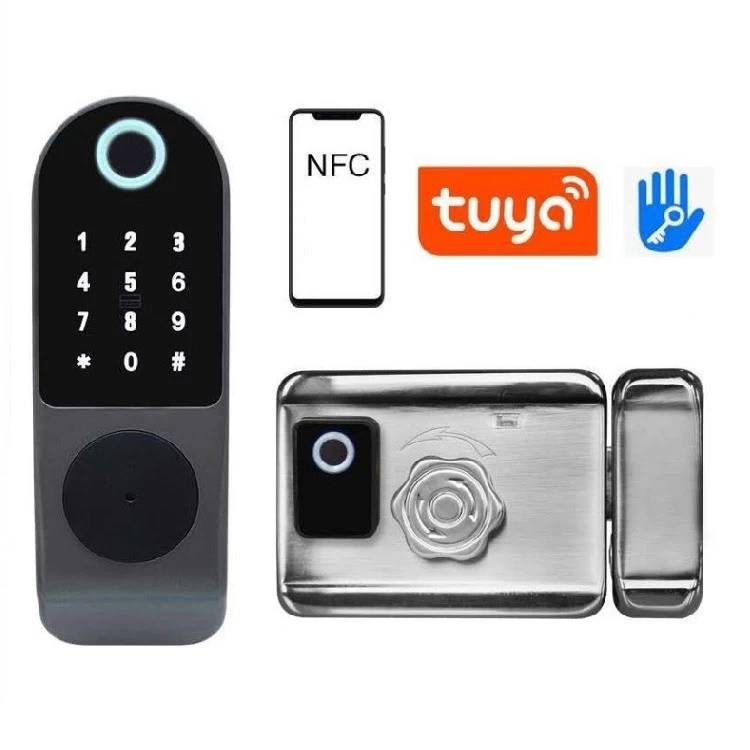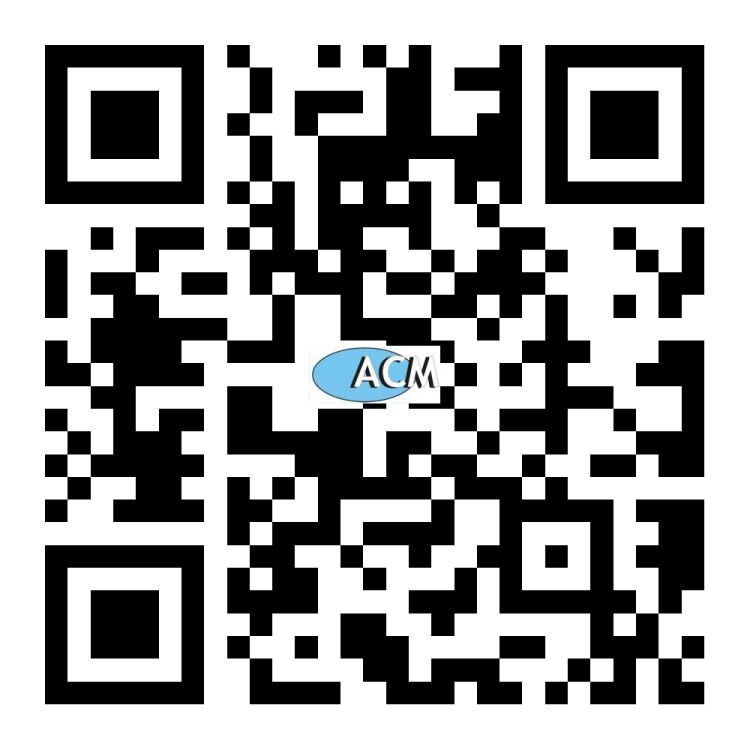Opportunities and challenges coexist in RFID cold chain tracing to prevent the spread of epidemic
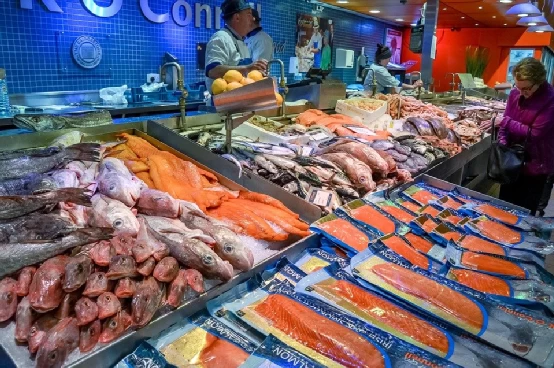
Transmission of virus through cold chain: from "human to human" to "material to human"
In September 24, 2020, according to the bulletin of the Qingdao Health Protection Committee of Shandong, in the regular routine inspection of the imported cold chain products handling workers of Dagang company in Qingdao port, Qingdao found 2 cases of New Coronavirus pneumonia asymptomatic infection between Dong Mou and Chen Moumou. Qingdao's epidemic prevention and control work has found sufficient evidence chain for the first time in the world, indicating that the new coronavirus can be transmitted from material to human and can survive for a long time under frozen conditions.
Since the second half of 2020, the positive detection rate of nucleic acid in imported cold chain foods has increased significantly. For example, salmon imported from Beijing in June, frozen Southern white shrimps imported from Xiamen, Dalian, Chongqing and Yunnan in July, frozen chicken wings imported from Shenzhen in August, frozen belted fish from the general Administration of Customs in September, frozen pork from Shandong in October, and so on And so on. With the increasing number of provinces affected, the range of products involved is also from seafood to livestock and poultry meat products, and the range of imported materials contaminated by virus is also expanded from cold chain food to container.
In the early stage of virus outbreak, people generally only pay attention to the spread of the virus between people. With more and more cases exposed, it is found that "thing to person" is also a mode of transmission that can not be ignored. On December 19, 2020, Zhong Nanshan, academician of the Chinese Academy of engineering, put forward the concept of "environmental human transmission" in combination with the nucleic acid positive phenomenon detected on the surface of many imported cold chain foods or outer packages: "the new coronavirus was originally human to human transmission, but now there is a new topic: environmental human to human transmission."
RFID cold chain tracing helps epidemic prevention
Due to the impact of the epidemic, the importance of cold chain traceability is more prominent. In the scene of cold chain tracing, RFID technology is widely concerned because of its high adaptability to the scene. With the continuous development of market and technology, many businesses use RFID temperature sensor tags for cold chain control, especially for medical drugs, vaccines, fresh food and other products, because they have a higher demand for temperature monitoring. In addition, after the use of RFID temperature sensor tag, it realizes the traceability from the storage environment temperature monitoring to the single grade real-time monitoring based on the minimum packaging, which greatly improves the accuracy of monitoring.
Due to the long freight chain of the cold chain, which involves a variety of scenarios including cold storage, refrigerated vehicles, refrigerators, refrigerators and so on, it needs the support of a complete set of systems such as RFID temperature sensor tags, tag collectors, monitoring platforms and so on. The monitoring data is recorded by the RFID temperature sensor tag and uploaded to the monitoring platform in real time through the collector to realize the temperature monitoring in the transportation process. Another case is to use the memory in the tag chip to record the data of the whole temperature monitoring process, so that even if the data can not be read immediately, the complete monitoring data can be obtained by reading the tag in the later stage.
Taking the traceability monitoring of vaccine as an example, in the process of vaccine transportation, the requirements for temperature monitoring will be more stringent. Generally, the required temperature monitoring accuracy needs to reach ± 0.1 degrees. Relatively speaking, the accuracy requirements for fresh food are much more relaxed, and the accuracy requirements are generally ± 0.5 degrees or ± 1 degrees. In addition, the temperature monitoring data need to maintain continuity and integrity, and need to monitor the whole process of vaccine production, transportation, warehousing and vaccination. The historical temperature curve recorded by the label can ensure that the vaccine is always qualified.
The whole process cold chain management and monitoring system is directly related to the quality of vaccines, and then to the personal safety of citizens. Therefore, it is necessary to ensure that all links from production, packaging, transportation, storage to use do not drop the chain, which is a big challenge for the whole system.
Cold chain traceability is strict, opportunities and challenges coexist
In the cold chain tracing scene, there are two kinds of commonly used RFID temperature sensor tags, one is NFC temperature sensor tag, which is more used to realize the anti-counterfeiting traceability of articles. The other is UHF RFID temperature sensor note, which is more used to improve the efficiency of inventory in logistics warehousing. In order to adapt to the special environment of the cold chain, the label wrap needs to choose the cold resistant material.
Generally, the cold chain is a low temperature and high humidity environment, which will adversely affect the reading distance and sensitivity of the label. Generally, the vaccine itself is liquid, and it is placed very densely in the transportation process, which will bring two problems: first, the dense placement between labels is easy to produce signal interference, and the liquid itself has an impact on signal transmission, which is easy to lead to misreading or missing reading. Another problem is that the temperature monitoring data must be continuous in the whole transportation process, and the chain breaking is not allowed. Therefore, the vaccine has the demand of accurate temperature measurement, and the requirements of the whole RFID monitoring system are very harsh.
In addition to the strict requirements of performance parameters, the introduction of RFID temperature sensor tags, combined with the existing cold chain process, will be part of the cold chain transportation equipment and monitoring equipment, which requires the introduction of a complete set of RFID hardware and system. For businesses, the initial investment cost is not low. In addition, a series of adaptive work such as personnel training is needed. Therefore, although RFID cold chain tracing can find a lot of matching points corresponding to the scene demand, the market resistance it needs to face is not small, and it can be said that opportunities and challenges coexist.
For more information please contact sales@goldbridgesz.com
